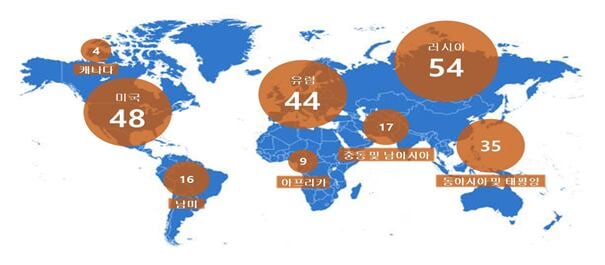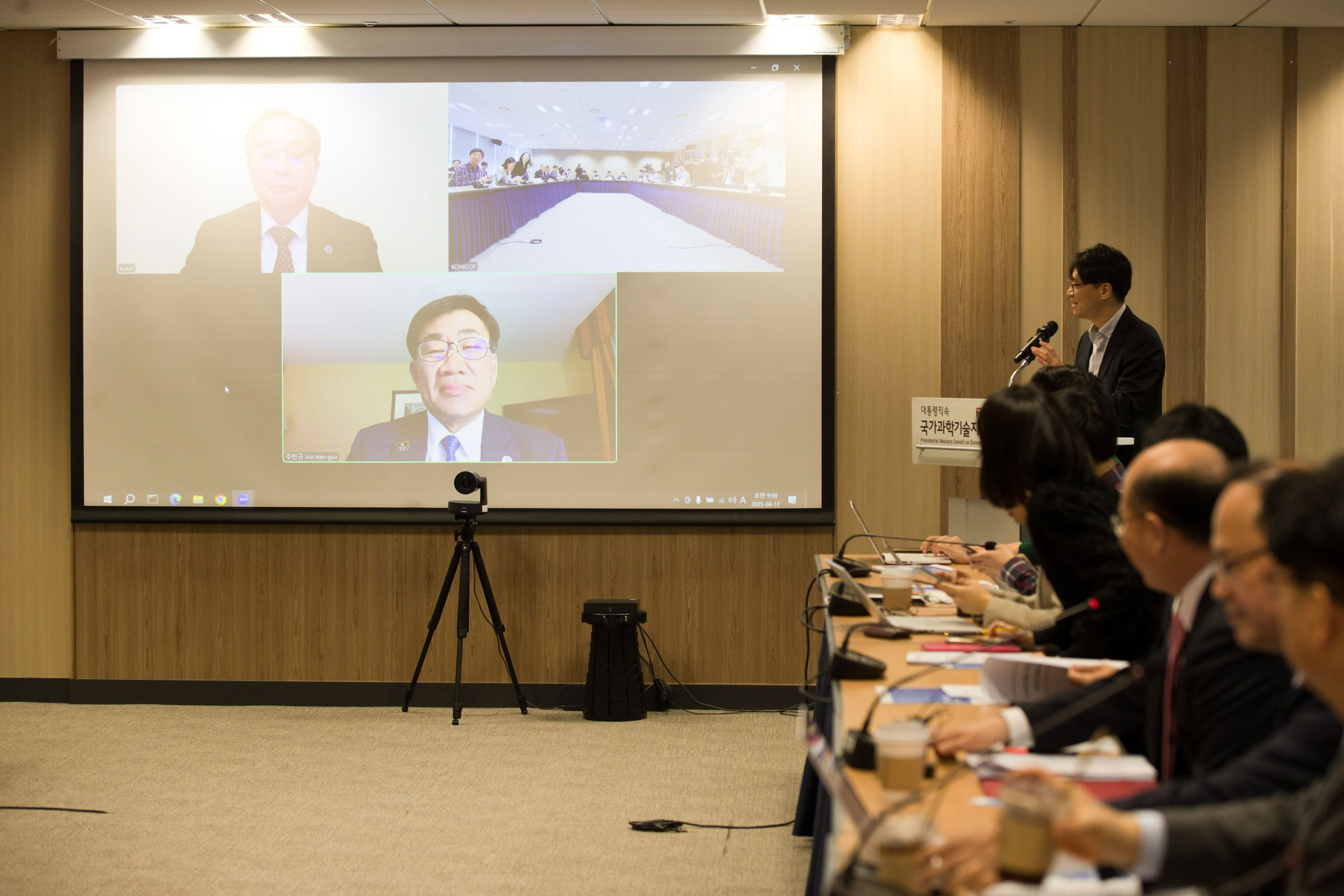

The Korea Atomic Energy Research Institute along with Hyundai Engineering Co. has been awarded a contract to develop the biggest research reactor operated by a university in the United States—an important milestone signaling South Korea’s comeback in nuclear technology to the nation where it initially embarked on its atomic path. After bringing in its first research reactor from the U.S. sixty-six years ago in 1959, South Korea is now sharing its knowledge and experience in designing reactors back at the origin of nuclear science. This agreement is viewed by the South Korean administration as a key step towards entering the international market for research reactors.

On April 17, the Korea Atomic Energy Research Institute and Hyundai Engineering revealed that their joint venture—with collaboration from the U.S.-based engineering company MPR Associates—entered into an initial design agreement for the NextGen Missouri University Research Reactor (NextGen MURR) project, spearheaded by the University of Missouri.
In July 2024, after an intense selection process, the consortium emerged as the top choice among several competitors and has since finalized their arrangement. "There were seven contenders for this position, with some coming from the U.S. and Argentina," explained Lim In-cheol, who serves as the executive vice president at the Korea Atomic Energy Research Institute. "However, we chose the South Korean consortium because they have received international acknowledgment for their superior technological skills and profound expertise."

Although nuclear power plants produce electricity via continuous neutron-driven chain reactions in uranium, research reactors utilize neutrons for various purposes including the creation of medical isotopes, the production of semiconductors, and the development of advanced materials.
Currently, the University of Missouri runs a 10-megawatt research reactor and has initiated the NextGen MURR project to boost its capabilities for producing medical isotopes. This upcoming facility, designed as a 20-megawatt reactor, would become the strongest one managed by an American academic institution. The initiative will unfold through three key phases: preliminary design work, development of detailed concepts and blueprints, and ultimately, full-scale construction.

The initial design contract awarded to the South Korean consortium is worth $10 million. According to Jung Taek-ryeol, who serves as the director-general for public R&D policy at the Ministry of Science and ICT, being designated as the final contender encompasses both the first and second phases. This suggests that the consortium will likely be responsible for overseeing the conceptual and fundamental design aspects, barring any unforeseen circumstances.
“We significantly contributed to the favorable evaluation through our design work on the HANARO research reactor and by exporting a reactor to Jordan,” stated Joo Han-kyu, who serves as the president of the Korea Atomic Energy Research Institute.
On July 14, 1959, South Korea initiated its nuclear energy program by importing the TRIGA Mark-II research reactor from the United States. This purchase allowed the nation to start its nuclear research and development efforts as well as cultivate a proficient workforce, which eventually led to the establishment of commercial nuclear power through the building of the Kori-1 reactor in 1978.
In 1995, South Korea successfully developed the 30-megawatt HANARO research reactor on its own. Currently, a fresh facility is being constructed in Gijang, near Busan. Leveraging their expertise from working on HANARO, South Korea has since secured contracts for designing and building reactors not only in countries like Jordan and Bangladesh but also at Delft University of Technology in the Netherlands and in Malaysia.
Based on data from the Ministry of Science and ICT, there are presently 227 research reactors functioning in 54 different nations. Approximately 70% of these reactors—or 161 units—are older than four decades. With worldwide demand for radiopharmaceutical isotopes increasing steadily, there is also an escalating requirement for constructing additional research reactors.
The Vice Minister Lee Chang-yune from the Ministry of Science and ICT stated, "Over the coming two decades, we anticipate approximately 50 new research reactors being constructed globally. In order to boost export efforts, the administration is developing plans to facilitate the international growth of our country’s research reactor expertise."

Our website uses cookies to improve your experience. Learn more